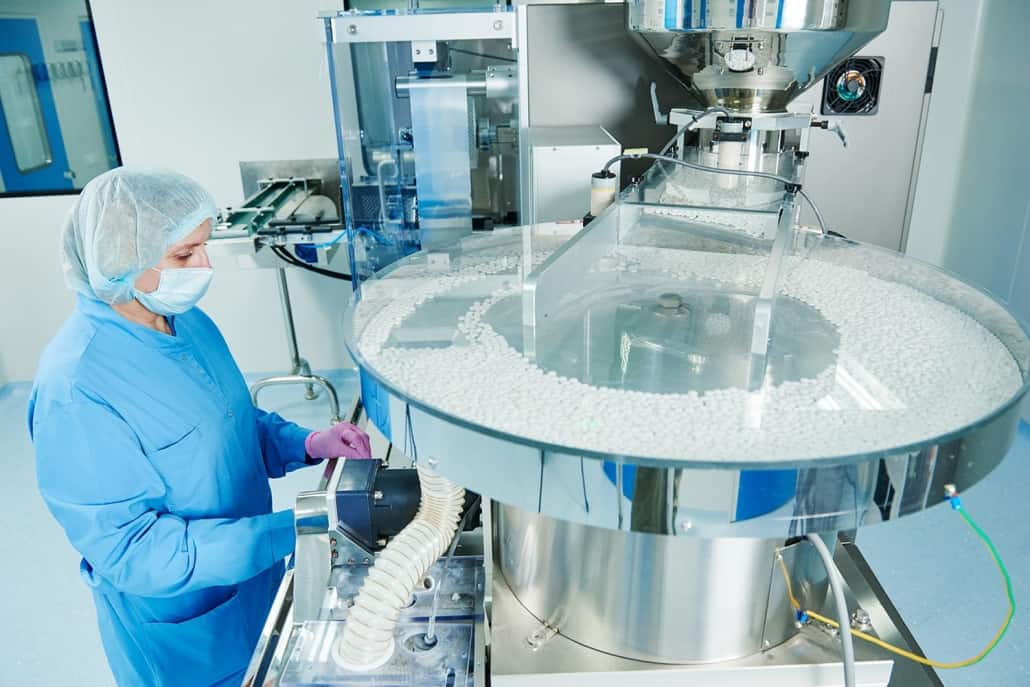As single-use systems (SUS) have continued to gain in popularity over the past few decades, the COVID-19 pandemic has put a strain on the SUS supply chain, making single-use materials harder to come by, especially for smaller facilities. Resources that were widely available and quickly accessible are now not so easy to reach.
The pandemic has put stress on the supply chain for many critical manufacturing components, especially those in demand for COVID-19-related production. SUS are no exception. While vendors are working hard to increase supplies, many smaller facilities relying on these essential materials have been side-lined. These disruptions can put your production timelines at risk and interrupt workflows.
SUS is so widely used that it’s in biopharma’s best interest to find ways to keep supplies accessible. Bioplan Associates estimates that ≥ 85% of preclinical and clinical manufacturing is now single-use. On top of that, a spotlight is now on the current supply chain system, putting pressure on the biopharma industry to look for ways to improve processes and identify risks.
While there is still work ahead, we’ve outlined some ways for your company to access and secure SUS if you’re having trouble.
What Should Be Done to Ensure Supply Chains Are Not Interrupted?
All too often, companies are using siloed improvement solutions and reactive fixes to address delays from the pandemic rather than committing to transforming business practices and prioritizing a patient-centric business model. Some would say that this is a golden opportunity to address some of those bad habits.
Based on a survey of 532 companies conducted at the end of 2020, the International Data Corporation (IDC) in partnership with TraceLink suggest the following actions that companies can take to build resilience in response to supply chain disruptions:
- Add process agility with digital technology to improve collaboration and resilience.
- Identify weaknesses that the pandemic may have exposed to implement a quality improvement initiative.
Related: Check out our recent blog post on Quality Risk Management. - Accept the opportunity to transform processes across all departments in the demand and supply network.
- Prioritize responsiveness and compliance in the supply chain.
- Aggregate and analyze demand data to forecast your supply need.
- Keep the patient at the center of your business.
How Do I Ensure My Vendors Meet My SUS Needs?
Many vendors are taking on more work than they can process right now, and this means your company needs to be cautious and consider implementing the following steps to help avoid delays:
- Confirm delivery schedules and what will happen if vendors miss deadlines.
- Understand how the vendor is mitigating delays caused by the pandemic or other circumstances.
- Be transparent and overcommunicate your expectations; request vendors do the same.
- Determine if you should diversify your vendor list or create some redundancy as a back-up.
- Collect customer feedback when appropriate to assess and forecast future needs.
Need to Talk to One of Our Experts?
ICQ is your strategic partner for CQV planning, management, and execution with the foresight to anticipate and prevent issues and delays — not temporary “help” that’s parachuted in when it’s too late.
Talk with one of our experts today to help get your SUS supply chain back on track.




